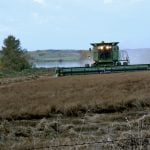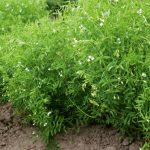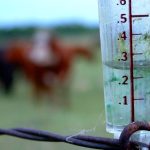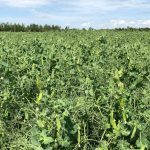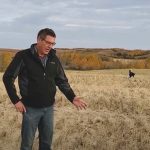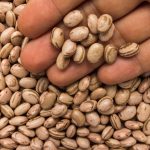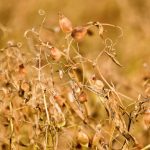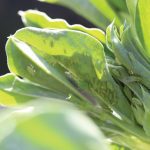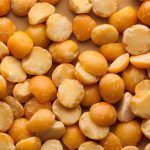MarketsFarm – Following variable conditions over the first few weeks of the growing season, there has now been a marked improvement over the last, according to Carl Potts, executive director of Saskatchewan Pulse Growers (SaskPulse). Potts said while western parts of the province had little precipitation and eastern parts saw seeding delayed due to above-normal […] Read more


